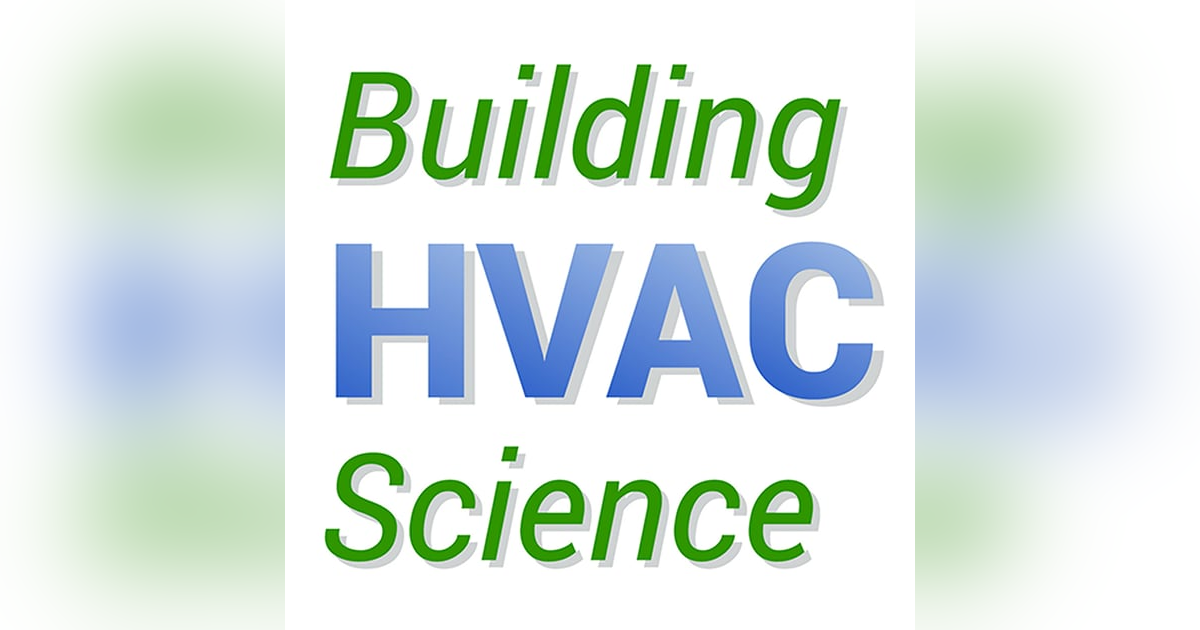EP246 Beyond MERV: The Truth About Smoke, Sensors, and Standards With Sissi Liu (October 2025)

Episode quotes:
“Below about 0.4 microns, many low-cost PM sensors are basically guessing—right where wildfire smoke and aerosols live.” — Sissi Liu
“Electrostatic filters can look great at first—and then fall off a cliff in smoke. Pressure drop won’t warn you.” — Sissi Liu
“Science is a way of thinking much more than it is a body of knowledge.” — Carl Sagan
Eric digs into the “fresh air” myth with Sissi Liu, CEO/co-founder of Metalmark Innovations and active ASHRAE committee member. Sissi explains why “outdoor = fresh” is context-dependent—urban pollution, agricultural activity, and especially wildfire smoke can make outdoor air worse than indoor air. Because air quality is dynamic, she pushes for comparing indoor and outdoor conditions in real time and ventilating intelligently, with attention to the energy cost of conditioning outside air.
They then get nerdy on sensors and filters. Many low-cost PM2.5 laser-scattering sensors struggle below ~0.4 µm and can misread certain particle types (e.g., dark/black carbon), which matters because smoke and pathogen-carrying aerosols often live in the ~0.1–0.3 µm range. On filtration, Sissi contrasts mechanical vs. electrostatically charged media: electrostatic filters start efficiently with low pressure drop but can lose effectiveness within hours in smoke events. In contrast, mechanical media hold up better (though at higher pressure). She highlights ASHRAE 52.2 Appendix J (loaded efficiency) and argues that standards—along with reporting practices—must evolve for wildfire realities.
Key takeaways
-
“Fresh air” is conditional: check outdoor AQ (and indoor) before cranking up ventilation.
-
IAQ is dynamic; test and compare locally rather than assuming static conditions.
-
Consumer PM sensors can under-count the tiniest and darkest particles; treat data with caveats.
-
Wildfire smoke clusters in the most-penetrating particle size (~0.1–0.3 µm) for many filters.
-
Electrostatic filters may degrade fast in smoke; pressure drop alone won’t reveal failure.
-
ASHRAE standards (e.g., 52.2 Appendix J, SGPC-44) are evolving—industry needs to catch up.
Sissi’s LinkedIn: https://www.linkedin.com/in/liusissi/
Metalmark website: https://metalmark.xyz/
This episode was recorded in October 2025.













